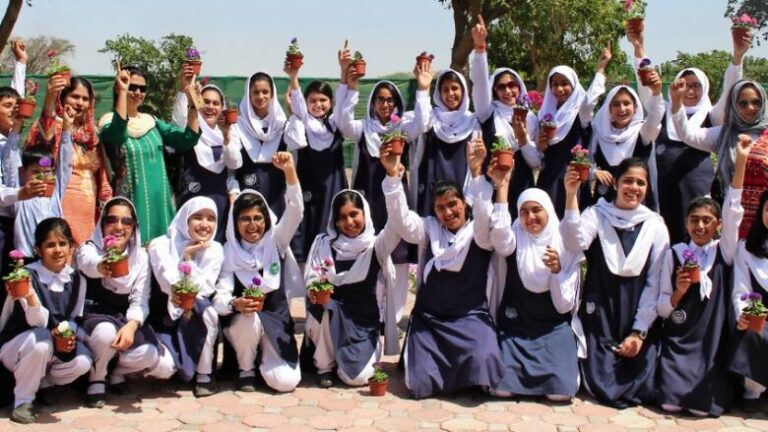Pakistan, a nation with a rich cultural heritage and diverse landscapes, is home to a vibrant population of over 220 million people, with a significant percentage being youth. As of recent statistics, nearly 60% of the population is under the age of 30. This demographic presents both challenges and opportunities. With the right investments in education and training, Pakistan can harness the potential of its youth to drive economic growth and social change. Training programs are emerging as a crucial element in this transformation, aiming to equip young individuals with the skills they need to thrive in a rapidly evolving job market.
The Need for Training Programs
The landscape of employment in Pakistan has been shifting. Traditional sectors are increasingly unable to absorb the growing number of job seekers. The rise of technology, globalization, and entrepreneurship demands a workforce equipped with modern skills. The youth of Pakistan, eager to contribute and innovate, face barriers such as inadequate education, lack of vocational training, and limited access to resources. This is where training programs come into play.
Types of Training Programs
- Vocational Training: These programs focus on providing practical skills in specific trades, such as plumbing, carpentry, and electrical work. Institutes like the National Vocational and Technical Training Commission (NAVTTC) offer structured courses designed to prepare young individuals for immediate employment.
- Technical and IT Training: With the digital economy on the rise, technical skills have become essential. Organizations such as the Punjab Information Technology Board (PITB) have launched initiatives to train youth in coding, software development, and digital marketing. These programs not only enhance employability but also encourage entrepreneurship in the tech sector.
- Entrepreneurship Development: Various programs are designed to nurture the entrepreneurial spirit among youth. Initiatives by organizations like the Small and Medium Enterprises Development Authority (SMEDA) provide training in business management, financial literacy, and marketing strategies, empowering young individuals to start their own businesses.
- Soft Skills Development: In addition to technical skills, soft skills like communication, teamwork, and leadership are crucial in the workplace. Training programs focusing on these areas help young people navigate the complexities of professional environments.
Success Stories
Numerous success stories illustrate the impact of training programs on Pakistan’s youth. For instance, the “Saylani Welfare Trust” has been instrumental in providing vocational training to thousands of young individuals, leading to successful placements in various industries. Similarly, the “Tech Valley” initiative in Khyber Pakhtunkhwa has successfully trained over 5,000 young people in IT skills, many of whom have gone on to secure high-paying jobs or start their own tech companies.
Challenges and Solutions
While training programs are crucial, they are not without challenges. Limited funding, lack of awareness, and regional disparities often hinder access to quality training. To overcome these challenges, partnerships between the government, private sector, and civil society are essential. Increasing investment in education and vocational training, along with awareness campaigns, can help reach marginalized communities.
Moreover, incorporating feedback from industries when designing training programs ensures that the skills being taught align with market needs. This not only enhances the employability of graduates but also contributes to the economic development of the region.
The Role of Technology
The advent of technology has transformed training methodologies. Online platforms such as Coursera and edX have made quality education accessible to youth across Pakistan. Local organizations have also begun leveraging technology, offering online courses and webinars to reach a wider audience. This flexibility allows students to learn at their own pace, making education more inclusive.
Best Practices from Around the World
Looking at successful models from other countries can provide valuable insights. For instance, Germany’s dual education system combines classroom learning with hands-on experience in the workplace. Implementing similar systems in Pakistan could bridge the gap between education and employment.
Countries like South Korea and Singapore have also invested heavily in skill development, resulting in rapid economic growth. By learning from these examples, Pakistan can adapt successful strategies to fit its unique context.
Conclusion
Investing in youth through training programs is not merely an option for Pakistan; it is a necessity. The potential of the country lies in its young population, and by equipping them with the right skills, Pakistan can pave the way for a brighter future. As more organizations and government bodies recognize the importance of youth empowerment, the landscape of opportunity will continue to evolve.
By fostering a culture of continuous learning and adaptability, Pakistan can transform its challenges into opportunities, ensuring that the youth not only participate in the economy but drive it forward. The future of Pakistan is bright, and with the right investments in training and education, the youth will play a pivotal role in shaping that future.

